Using a technique to model transformers for a wide frequency range, I got at a circuit like this one: https://1drv.ms/u/s!AhR86nrv-ZA7ivoz9BZIoXfs4GwXIQ?e=L6mcKd
LTSpice takes a long time to solve this circuit, being prohibitive. If I remove the mutual inductances, the circuit is solved much more quickly. However, mutual inductances do not change the number of nodes in the circuit.
Does anyone get a clue on how to solve the circuit quickly on LTSpice?
*Some background about the circuit, it's very similar to this one below, but bigger and with a lot of mutual inductances.
